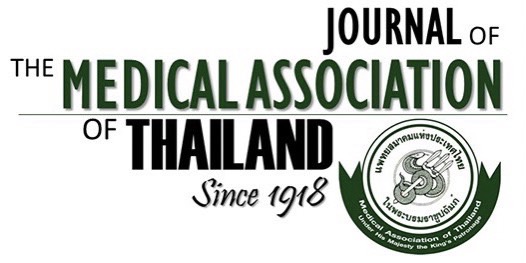Easy Digital Photographic Setup in Plastic Surgery: Kid’s Studio
Kidakorn Kiranantawat MD, FRCST*, Wasita Sermsakulwat MD*, Matthew Sze-Wei Yeo MD, FAMS (Plast)**, Panuwat Lertsittichai MD, FRCST*, Saran Worasakwutiphong MD, FRCST***, Arthi Kruavit MD, FRCST*, Stamatis Sapountzis MD****, Sarayuth Dumrongwongsiri MD, FRCST*, Vichai Srimuninnimit MD, FRCST*, Chalermpong Chatdokmaiprai MD, FRCST*
Affiliation : * Division of Plastic and Maxillofacial Surgery, Department of Surgery, Faculty of Medicine, Ramathibodi Hospital, Mahidol University, Bangkok, Thailand ** Plastic, Reconstructive and Aesthetic Surgery Section, Department of General Surgery, Tan Tock Seng Hospital, Singapore *** Division of Plastic and Reconstructive Surgery, Department of Surgery, Faculty of Medicine, Naresuan University, Phitsanulok, Thailand **** Division of Plastic and Reconstructive Surgery, St. Luke’s Hospital, Thessaloniki, Greece
Background : Having consistent, high-quality clinical photography is a cornerstone of any plastic surgery practice. This
requires a convenient, simple and cost-effective setup that is versatile and can be applied to many clinical scenarios. The
professional photographic studio setup is the gold standard to which all other photographic methods are compared, but is
expensive, cumbersome, and at times, impractical.
Objective : The authors introduce the “Kid’s studio” method of clinical photography, which produces high-quality clinical
photographs with the use of simple, easily available equipment that can be found in most clinics. Then compare quality of
photos taken from Kid’s studio with photos taken from standard studio setup and the other two techniques commonly used by
most plastic surgeons (on-camera flash photography and conventional non-flash photography).
Material and Method: Twenty subjects were enrolled (9 males and 11 females). Each subject was photographed in each of the
four photographic setups, in six standard positions. For each subject, photos taken in the same posture with each of the
different setups were randomly arranged and printed on the same photographic paper. Three evaluators were recruited and
asked to rate the quality of the photos, according to all image characteristics (color, brightness & clarity, facial detail,
background, shadow, depth of field and overall image quality). The score of each image was marked on the 10-cm visual
analog scale, which 0 = worst and 10 = best image quality.
Results : Overall quality scores of Kid’s studio, flash setup and ordinary setup were 8.98+0.75, 6.8+0.77 and 5.17+1.13,
respectively. The mean scores of all image characteristic subcategories (i.e. color, brightness & clarity, background, facial
detail, shadow, depth of field) of Kid’s studio were highest, followed by flash setup and ordinary setup.
Conclusion : The authors introduce the “Kid’s studio” method of clinical photography, which produces high-quality clinical
photographs with the use of simple, easily available equipment that can be found in most clinics. As compared with other
methods of photography such as on-camera flash photography or conventional non-flash photography, the Kid’s studio
method has been demonstrated to produce consistently higher scores. As such, the authors recommend the implementation
of this technique for clinical photography, in order to meet photographic standards outside of photographic studio.
Keywords : Kid’s studio, Medical photography, Plastic surgery photography, Photography



